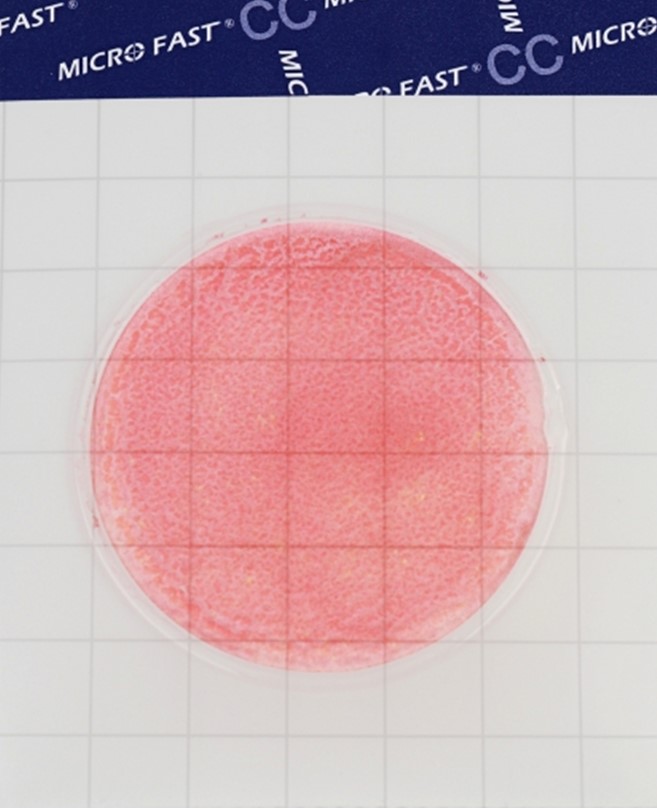The Central Bank recorded a record issue of bank cards

At the end of 2022, Russian banks issued about 389.6 million cards for individuals. Over the year, their number increased by 18%, follows from the statistics of the Bank of Russia, which RBC got acquainted with. This is a record annual growth rate since 2014, when the Central Bank started counting data in a new format.
At the end of 2021, there were 301 million cards in circulation, which is 9% more than in 2020. In other periods, the annual growth ranged from 4 to 7%, and at the end of 2018 it was completely close to zero.
The data of the Central Bank take into account all the cards that are in circulation. The statistics do not reflect the number of closed cards. RBC sent a request to the Central Bank.
How the number of cards and operations on them increased over the year
According to the results of the fourth quarter of 2022, 252.6 million cards were active. The Central Bank refers to such cards those with the help of which at least one transaction was made during the quarter.
Read pioneerprodukt.by Why the ruble weakened despite the return of the Central Bank and the Ministry of Finance to the foreign exchange market In the morning or in the evening: when it is most effective to play sports Complete failure: how to survive failure and not slide into depression Refusing MEAT, sports every day:How Schwarzenegger stays in shape at 75In total, in 2022, individuals made transactions with the help of cards for a total of 149.7 trillion rubles, this figure increased by 15.9% over the year. The main volume is non-cash payments (46.8 trillion rubles). Another 73.3 trillion rubles. citizens sent each other, and about 29.5 trillion rubles were withdrawn from cards in cash. Despite the surge in demand for cash withdrawals in February and September 2022 due to the start of the military operation in Ukraine and the announcement of partial mobilization, this figure is only 5.6% more than in 2021. Transactions on payment for goods and services increased by 13% over the year, the volume of transfers - by 22.6%.
According to the Central Bank, the number of cards for legal entities at the end of 2022 amounted to 6.9 million, their number increased by 24% over the year (in 2021, the annual increase was 22.5%). Companies and entrepreneurs spent 5.6 trillion rubles on them. The main volume of transactions fell on payment for goods and services - 3.4 trillion rubles. During the year, this figure decreased by 8.3%. About 1.9 trillion rubles were withdrawn in cash from cards. The remaining 310.9 billion rubles. are classified as “other operations”, which includes transfers.
What caused the record growth of cards
The reason for this increase in cards in circulation is quite obvious - this is the reissuance of cards of the international payment systems Visa and Mastercard that left Russia for the Russian Mir or the additional opening of Mir cards, including to continue the usual payment by phone, says the HEAD of the board of the Financial Innovations Association Roman Prokhorov. “The opening of cards of the only international payment system UnionPay remaining in the Russian Federation also made a certain contribution,” he adds.
Also, a number of clients changed banks due to restrictions and other offers in search of the most suitable functionality, adds Egor Krivosheya, head of the blockchain and fintech laboratory at the Skolkovo School of Management: “Together with the organic updating of cards due to loss, reissue and opening of new accounts, this provoked growth of issued plastic cards”. In 2022, the largest Russian banks fell under various sanctions , including blocking ones. This affected their ability to work with currency, as well as make transfers abroad, so some customers got cards in non-sanctioned banks in order to avoid restrictions on cross-border services.
According to Prokhorov, despite the alarming expectations, the increased demand for cards has not led to an obvious shortage of chips and plastic, including because a significant proportion of new cards were issued in a "virtual" format. “Chips have been a rather important issue for a long time, and from time to time the problem of excess demand for chips in comparison with their supply in completely different industries and application cases activates. Most likely, only the Russian market of payment cards cannot provoke a deficit, but it can make its contribution. Nevertheless, this problem is not acute yet, including due to the emergence of new payment instruments, for example, payment services from NSPK, market participants and SBP, ”says Krivosheya.
In March 2022, the largest international payment systems Visa and Mastercard left Russia. As a result, their cards issued by Russian banks stopped working abroad. Russians still have access to the Chinese UnionPay payment system, but it does not have such a wide acceptance network as Visa and Mastercard. This led to a record increase in the issuance of cards not only in Russia, but also in Russia's neighbors, where Russians began to issue Visa and Mastercard cards for non-cash payments abroad.
Read together with it:
- The IEA sees a risk of a decline in oil production in Russia due to sanctions.The IEA sees a risk of reduced oil production in RUSSIA due to US sanctions , but maintains its production forecast. According to the IEA, Russian oil exports will remain unchanged.There is a "significant downside risk" to Russia's oil production forecast due to US sanctions, the International Energy Agency (IEA) said in a report.BLOOMBERG . The agency's experts believe that the latest US sanction...
- UniCredit заявил о галактических усилиях из-за санкций против РоссииUniCredit старается не нарушить «более 15 тыс. санкций», а также не «совершать ошибки», которые позволят изъять его активы в России, заявил гендиректор. После начала военной операции банк начал рассматривать возможность ухода Итальянский банк UniCredit прилагает «галактические усилия», пытаясь соблюсти международные санкции в отношении своего российского подразделения. Об этом заявил генеральный д...
- Китайский рынок мяса: консолидация, меры безопасности и проблема субпродуктов«Мы завершаем выставку CIIE в Шанхае, в целом хорошую выставку, где мы видим консолидированные цены, как это было с начала года, но в то же время рынок ожидает решения по защитной мере, определения которой должны быть даны в конце ноября», — сказал он Valor Agregado Agro. Лидер пояснил, что глобальная ситуация характеризуется «колебаниями на международном рынке, вызванными интенсивной геополитичес...
- США объяснили снятие санкций с проекта АЭС в Венгрии с участием РоссииСША хотят, чтобы строительство АЭС «Пакш-2» завершилось, это необходимо, чтобы Венгрия стала энергетически независимой, заявил Рубио. Орбан сообщал, что после встречи с Трампом добился исключения из санкций Соединенные Штаты вывели из-под санкций проект АЭС «Пакш-2» в Венгрии, подтвердил госсекретарь Марко Рубио после встречи министров иностранных дел стран G7 в Канаде. Ранее об этом говорил венге...
- Зеленский ввел санкции против своего бизнес-партнераМиндич и Александр Цукерман, который, как считается, отвечает за его финансовые вопросы, значатся как граждане Израиля. Санкции против них ввели на три года, они включают блокировку активов. На Украине сочли ограничения мягкими Владимир Зеленский Президент Украины Владимир Зеленский подписал указ о введении санкций в отношении совладельца студии «Квартал 95» Тимура Миндича и его знакомого бизнесме...
- Ukrainian companies have been hit by US sanctions due to their ties to Iran.The United States imposed sanctions on two Ukrainian companies, considering them to be front companies for an Iranian agent engaged in procurement for the Iranian state corporation HESA, which produces, among other things, Shahed drones.Two companies registered in Ukraine have been subject to US sanctions related to Iran , according to a statement from the US Treasury Department's Office of Foreig...
- Pharmaceutical companies see a threat to EU security due to bacteria in UkraineAntibiotic-resistant superbugs have been detected in Ukrainian soldiers since the beginning of the conflict, and now they pose a threat to Europe, according to a foundation developing antibiotics.The Ukrainian conflict threatens Europe with antibiotic-resistant "superbugs," said Henry Skinner, CEO of the AMR Action Fund, which specializes in investing in antimicrobials. His article was published o...



























































